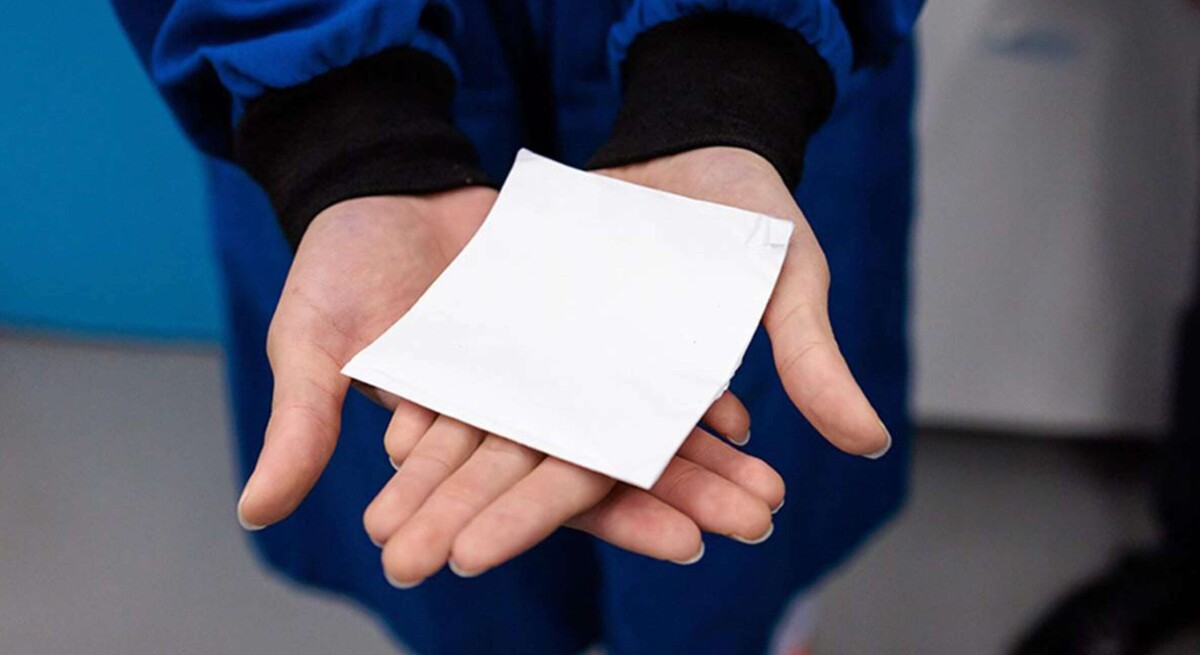
Researchers from the Pritzker School of Molecular Engineering at the University of Chicago have developed a radiative cooling fabric that can lower skin temperature, facilitating the dissipation of heat from the human body without energy consumption. This material can not only be used in clothing but also has applications in automotive coatings, outdoor shelters, energy-efficient packaging, agricultural covers, and construction materials, among other uses.
The radiative cooling fabric helps mitigate climate change by reducing dependence on air conditioning, which is a relevant factor in global warming due to its high energy consumption and carbon emissions. Additionally, the refrigerants used in air conditioning systems are a source of greenhouse gases. This fabric can help combat the urban heat island effect, where heat from buildings and paved surfaces exacerbates the situation.
The principle of radiative cooling is that a material releases heat by emitting infrared radiation without the need for energy consumption. Tests conducted in Arizona demonstrated that the new material remained significantly cooler than other fabrics commonly used in summer clothing. Furthermore, this wideband emitting fabric has proven effective under various extreme heat conditions and is expected to help prevent heat-related hospitalizations and deaths.
The researchers have also provisionally patented the fabric and hope it can be applied not only in clothing but also in buildings, automobiles, and in the storage and transportation of food. Its ability to provide passive cooling could reduce the need for energy-intensive and costly air conditioning systems. This new material could be an effective solution for the increasingly frequent heat waves in various regions of the world.
A thicker version of the fabric protected with an invisible layer of polyethylene could be used in buildings and automobiles to reduce the costs and environmental impact of air conditioning. Additionally, this material could be utilized in the transportation and storage of perishable foods, decreasing the impact of refrigeration. In a scenario of rising global temperatures, having solutions like this radiative cooling fabric becomes crucial for adapting to climate change and mitigating its effects.














